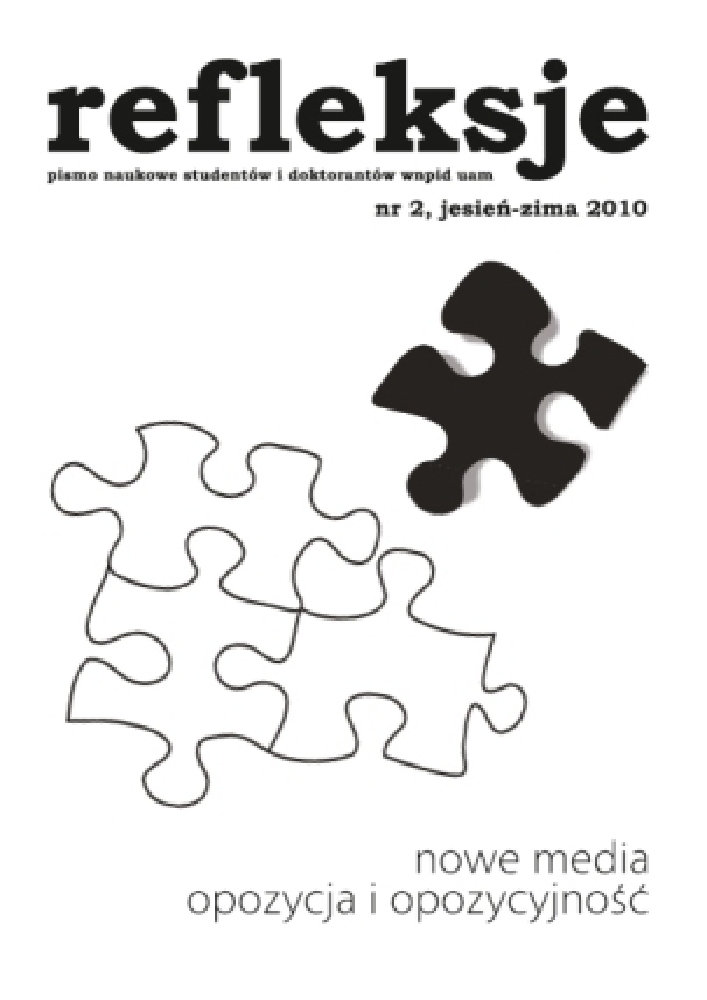Abstract
Media multitasking, defined as audience behaviour when a person is using two or more media sources simultaneously, is a new phenomenon. Now, only 19% of young people are not multitasking. The way information from multiple media streams is processed is different from the normal information processing means. User’s attention is divided between tasks which makes processing of information shallow. The extent of users exposure to each media source creates problems for media research and advertisers as assessing of the exposure level of is very complicated. However, there has been very little research conducted to give a better understanding users’ interaction with each media source. Further research will identify the benefits of multitasking and allow advertisers to target users effectively.
References
U. G. Foehr, Media multitasking among american youth: prevalence, predictors and pairings., The Henry J. Kaiser Familly Fundation, 2006
R. A. Papper, M. E. Holmes, M. N. Popovich, Middletown Media Studies. Media Multitasking… and how people really use media, „The International Digital Media&Arts Association Journal” 2004
L. M. Carrier, N. A. Cheever, L. D. Rosen, S. Benitez, J. Chang, Multitasking across generations: Multitasking choices and difficulty ratings in three generations of Americans., „Computer in Human Behavioral”, 2009
Multitasking across generations: Multitasking choices and difficulty ratings in three generations of Americans, „Computer in Human Behavioral” 2009, vol. 25
J.G. Webster, P. F. Phalen, L. W. Lichty, Ratings analysis: the theory and practice of audience research, Mahwah, NJ: Lawrence Erlbaum Associates 2000
S. Leong, M. Fishbein, Predictors of Multitasking with Media: Media Factors and Audience Factors, „Media Psychology” 2007,
M. Zuckerman, Behavioral expressions and biosocial bases of sensation seeking, Cambridge University Press 1994
E. M. Perse, Sensation seeking and the use of television for arousal, „Communication Reports” 1996
D. F. Roberts, U. G. Foehr, V. Rideout, Generation-M-Media-in-the-Lives-of-8-18-Year-olds-Report, 2005
H. Pashler, Task switching and multitask performance, [w:] Control of Cognitive Processes: Attention and Performance XVIII, red. S. Monsell & J. Driver, Cambridge 2000,
M. A. Just, P. A. Carpenter, T. A. Keller, L. Emery, H. Zajac, K. R. Thulborn, Interdependence of Nonoverlapping Cortical Systems in Dual Cognitive Tasks, „NeuroImage” 2001
A. Kolańczyk, Intuicyjność procesów przetwarzania informacji, Gdańsk 1991
E. Ophir, C. Nass, A. D. Wagner, Cognitive control in media mulitaskers., „PNAS”, 2009.
A. Kolańczyk , Intuicyjność procesów przetwarzania informacji, Gdańsk 1991,
V. Nightingale, Contemporary television audiences, publics, markets, communities, and fans, [w:] The Sage handbook of media studies, red. J. Downing, CA: Sage, 2004,
R. E. Petty, J. T. Cacioppo, The elaboration likelihood model of persuasion, „Advances in experimental social psychology”, 1986
